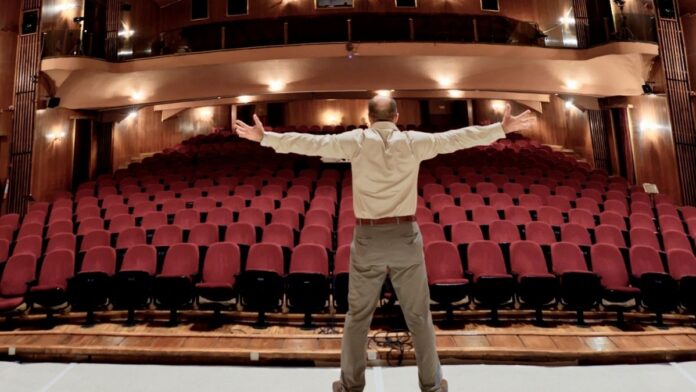Whether you teach theater or drama at a school or just looking to create a live show, there are many steps to take to get you started. If you’ve never done this before you should be prepared to spend a ton of energy and time to bring this to fruition. However, if it is your passion then it is worth it. Let’s review some steps for organizing a live theater production.
Fine Details
You’ll want to establish what kind of production you are looking to host. You can choose from a wide range of acts but the most common is of course plays and musicals. Are you going to be doing an original or a classic? And depending on your answer, what does your budget look like?
You’ll have to spend some money on the set design if you are doing this at your school. If you are looking to provide this to your community at a local theater, you’ll need a bigger budget. Once you have established these two important details, then you can start to look for your crew.
For the sake of going over all the details, let’s assume this isn’t a school production. Regardless, you’re going to need to break down your crew into specific departments. You’ll need set design, props, lighting, sound, and stage management. Not to mention, you’ll need performers as well. You can streamline your whole process by making sure you stay organized and develop an outline or timeline.
Casting
Once you have decided on the show, you’ll need to find the crew that will bring it all together. There are ways you can hire performers or other theater professionals such as casting calls, connecting through managers and using online forums. Your number one focus should be looking for actors for hire. Experience is a must if you are hoping to make a splash in the community.
It’s advisable to have hired your director (or co-director) and a stage manager to assist you with auditions. This way you can get input from other professionals to ensure you are making the best decisions for your show. You should have the actors perform a piece from your chosen show or a piece of their own, and this should be memorized. This will demonstrate how well they are able to retain lines.
If you have chosen a musical, you’ll want them to demonstrate their ability to sing and act. Once again, memorized monologue will show you their abilities when performing on stage. Additionally, you shouldn’t be afraid to get creative. If you find that a woman or man performs best in a role that is traditionally played by the opposite sex, then cast them for that role.
Wrap it Up
After you have your crew, which may take a week or so, maybe longer, then you can start to bring together all of the little pieces. You will want to have your stage crew running through the list of their responsibilities. Props and stage design should start with what they need. Lights and music need to come together. The performers should be working on their cues.
If you find that someone isn’t working out in a specific role, try to keep and open mind and see if they are willing to switch it up a bit. Maybe initially you or themselves thought they were perfect for a certain part but realized that it’s not working out. The best way to handle this kind of situation is to keep communication open.
Depending on how well you are able to organize, you can pull your show together in a few weeks. Maybe a bit over a month if your production is long. You’ll want to run through your whole set as many times as possible to make sure it is perfect for opening night. Although this is a general overview, if you follow these steps, your production is going to be everything you wanted.









